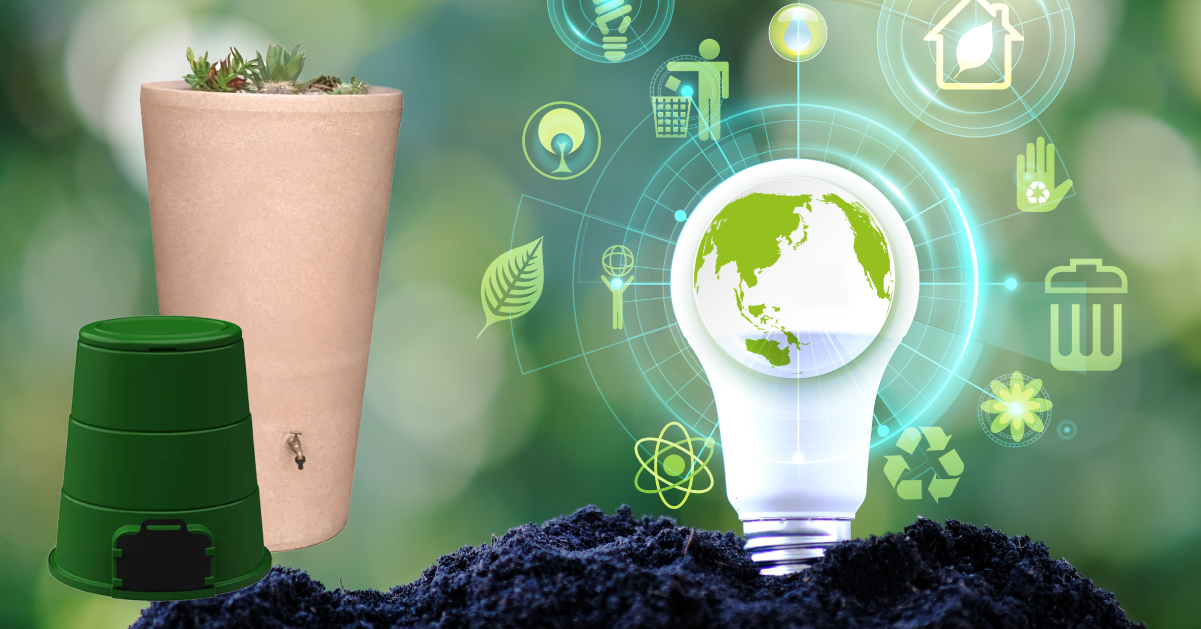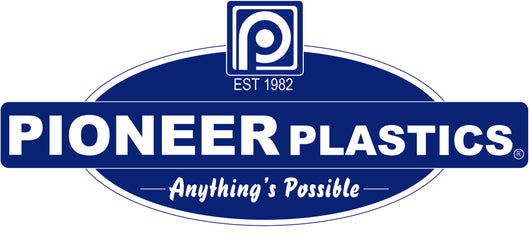
Affordable Hacks for An Eco-Friendly Home
Going green doesn’t have to have a premium price tag; here are affordable ways to make your home eco-friendly in celebration of Earth Day, which happens globally in April.
Our precious planet Earth is the only one we’ve got. But we are running out of resources, and carbon emissions are causing havoc on our climate. We can all do our part to reduce our impact on the Earth and sustain life on this planet for longer.
As they say, charity begins at home. So, we’re looking at ways you can make yours more eco-friendly without blowing your budget.
What Is an Eco-Friendly Home?
An eco-friendly home aims to make as little negative impact on the planet as possible. From using non-toxic materials to saving energy and water, producing very little waste.
In construction, it means using green building materials (and reducing waste in the process). However, the barrier to entry for building entirely green homes is still relatively high. But it doesn’t mean we can’t participate in more sustainable practices!
There are cost-effective modifications we can make that will save the planet and people. These changes will even help you save money in the long run!
What Are the Benefits of Eco-Friendliness?
Going green at home has many benefits. As a start, you’ll minimise your carbon footprint, which is good for the planet. You will consume fewer resources such as electricity and water. This can help the environment and even help you reduce your utility bills.
By being more conscious of environmentally-friendly practices, you’ll likely make more health-conscious choices as well. And who doesn’t want to improve their family’s health?
Eco-Friendly and Cost-Effective Recycling at Home
Recycling is one of the easiest ways to get into green living—and it hardly costs a thing!
In fact, it’s free, but what makes recycling work is “separation at source”. That means separating your recyclables by material before discarding them. That’s why we recommend getting some nifty recycling bins to make the job easier. And that’s your only cost.
Separating your materials at home makes it much easier when you do drop-offs at your nearest depots. The easier you make it, the more likely you are to continue.
Some companies collect specific materials. So, you can have things ready for the glass guys on Wednesdays and all your paper packed for the self-employed reclaimer who makes his income with your waste!
Important tip: rinse all your materials before disposing of them. It keeps away icky smells and pests and increases the likelihood of it getting recycled. Some recycling places won’t accept “spoiled” material. (P.S. You can read more about plastic recycling here).
Going Green with Home Composting
Once you’ve recycled food packing, you can also recycle your organic waste by composting at home.
In case you missed it, here are 5 great reasons to start composting right now.
Homemade compost is great if you’re growing your own vegetables and herbs! Not only can you save money on otherwise expensive fertilisers and compost mixes from the shops, but you also know that you’re adding harsh chemicals to your garden.
This 200L Compost bin has everything you need whether your garden is big or small. It’s tiered, so it takes up little space and contains odours well. Phew!
The very best news of all is this. After recycling and composting food scraps, very little general waste will be left. That means you and your family are sending less to landfills—helping South Africa to reach its Zero Waste to Landfill goal.
Sustainable Living with Rainwater Harvesting
Drumroll, please. We’ve reached our third planet and money-saving tip for sustainability at home.
So, you’ve reduced your waste and used what’s left to create nutrient-rich food for your plants. Now you can harvest what nature supplies to water them and fill your pool and cisterns. That’s right; you can literally stop flushing municipal water down the drain!
With an added filter and pump, you can reduce demand on water supply even further—saving energy and money all around.
We’re so passionate about rainwater harvesting that we’ve created numerous designs for every application you can imagine. Click here to view the range <link to https://www.pioneerplastics.co.za/collections/rainwater-harvesting-systems>. Our top picks are the 300L rainwater tank with plant bowl oval and the classic 500l and 1000l tanks.
One of the biggest reasons our customers have turned to rainwater harvesting is to save money on pool maintenance. We even wrote this article on How To Save Water—And Money—When You Backwash A Swimming Pool.
Are You a Resource-Saving Whizz?
Did we miss something? Tell us about other ways that you save energy and resources at home. We can’t wait to hear all about it!



